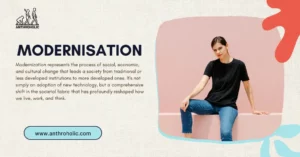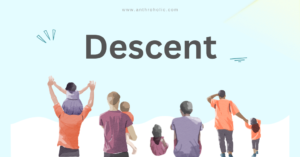AI Answer Evaluation Platform Live Now. Try Free Answer Evaluation Now
Mass Media and Folklore
As human societies evolve, so does the way they transmit their cultural heritage. From oral traditions to printed media, and now to digital platforms, folklore, the repository of a community’s shared wisdom, continues to find new channels for dissemination.

Historical Background
Folklore comprises the traditional beliefs, customs, stories, and sayings of a people, passed through generations. Before the advent of mass media, folklore was transmitted primarily through oral narratives, performances, and artifacts [1].
The Role of Mass Media
The advent of mass media, starting with print media in the 15th century, followed by electronic (radio, television) and digital media (the internet), has dramatically transformed the diffusion of folklore.
- Print Media: Folklore moved from an oral tradition to written form, reaching wider audiences. Local legends and myths found their way into storybooks and journals, preserving them for posterity [2].
- Radio and Television: Folktales and legends were brought to life with dramatic enactments, allowing for a new way to engage with these traditional narratives [3].
- Digital Media: Internet and social media platforms have globalized folklore, making cultural narratives accessible beyond geographical borders [4].
Folklore in the Age of Mass Media
Mass media has revolutionized folklore in several ways:
Accessibility and Preservation
Folklore, in the pre-mass media era, was vulnerable to loss and distortion with each generational handoff. Mass media, particularly digital platforms, offer repositories where these narratives can be stored and accessed globally, ensuring their preservation.
Evolution of Narratives
Traditionally, folklore was relatively static, its variations largely geographic or familial. Mass media has stimulated creative reinterpretations, cross-cultural pollination, and evolution of folklore.
Democratization of Folklore
Folklore was typically curated and controlled by community elders. Mass media has democratized the process. Now, anyone can contribute, disseminate, or modify folklore narratives.
Increased Engagement
The immersive nature of mass media, especially digital, has increased audience engagement. Folklore has found new life in digital games, online communities, and social media trends.
Case Study: Internet Memes as Digital Folklore
Internet memes, viral content that is shared, replicated, and often modified, embody modern folklore. Memes, like folklore, carry cultural symbols, values, and shared experiences, evolving with each share and interpretation. A comparative analysis reveals intriguing parallels.
| Traditional Folklore | Internet Memes |
|---|---|
| Oral or performance-based | Digital, visual-textual |
| Shared within a community | Shared globally |
| Reflects cultural beliefs, values | Reflects internet culture, trends |
| Passed down generations | Rapidly evolving |
| Often anonymous creators | Often anonymous creators |
Table 1: Comparison of Traditional Folklore and Internet Memes
Conclusion
The intersection of folklore and mass media is a testament to humanity’s enduring need to share and perpetuate cultural narratives. This intersection also highlights the dynamism and adaptability of folklore as it continues to evolve with advancements in communication technology. As mass media shapes the form and reach of folklore, it emphasizes the shared human experience, transcending geographical and cultural boundaries.
References
[1] Dundes, A. (1984). Folklore matters. Knoxville: University of Tennessee Press.
[2] Bascom, W. (1965). The forms of folklore: Prose narratives. Journal of American Folklore, 78(307), 3-20.
[3] Abrahams, R. D. (1972). Broadcasting/Receiving as a communicative process. Journal of the Folklore Institute, 9(2/3), 123-151.
[4] Blank, T. J. (2013). Folk culture in the digital age: The emergent dynamics of human interaction. Utah State University Press.




